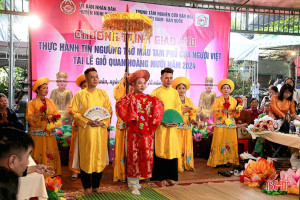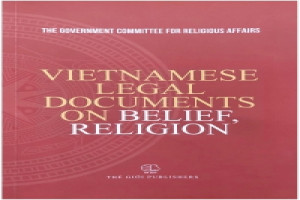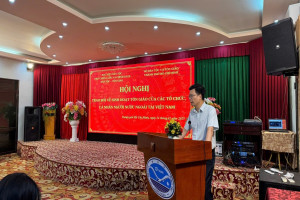
The leader of a cult in Japan whose followers released deadly gas in the Tokyo subway in 1995, killing 13 people and injuring thousands, was executed Friday.
The cult leader, Shoko Asahara, was one of 13 people sentenced to death in connection with the attack and other killings carried out by the group, Aum Shinrikyo. He was hanged Friday morning along with six followers, Japan’s Justice Ministry said.
Japan, which generally reserves capital punishment for people convicted of multiple homicides, usually executes a handful of people each year. The date of executions is not announced in advance, and the condemned are usually only told a few hours beforehand.
But the executions of Mr. Asahara and his followers had been expected since January, when Japan’s Supreme Court rejected an appeal by the last member of Aum Shinrikyo to stand trial.
Members of the cult carried bags of sarin gas onto five crowded trains on three subway lines during the morning rush hour on March 20, 1995. The attack shocked Japan and undercut the country’s image as a safe and orderly nation.
The cult struck at a difficult time for Japan, coming during a period of painful economic stagnation and just months after an earthquake in the city of Kobe killed more than 6,000 people.
Mr. Asahara, who founded Aum Shinrikyo in 1987, was captured two months after the attack in one of the cult’s buildings. The group mixed Buddhist and Hindu teachings, and it had more than 10,000 followers in Japan and more than 30,000 in Russia at the time of the attack.
Pudgy, with long hair and a beard, Mr. Asahara worked as an acupuncture therapist, Chinese medicine retailer and yoga instructor before he created the group. He was visually impaired and attended a school for the blind, where he was known as a manipulative leader of other students, a role he continued with Aum Shinrikyo.
His multinational religious sect attracted young Japanese elite who had grown disenchanted with the country’s material prosperity. The group was militantly opposed to the governments of the United States and Japan, and Mr. Asahara preached that by the year 2000, Japan would be decimated by a series of attacks from America and its allies.
The Tokyo attack targeted the Kasumigaseki station, near the offices of several ministries, raising suspicions that it was a meant to be a coordinated attack on the government.
During his trial Mr. Asahara said little, and he yawned and muttered incoherently when he was found guilty and sentenced to death in 2004. The judge said the attack was planned in order to prevent the police from cracking down on the cult.
Before the 1995 attack, the group had been linked to more than two dozen deaths. The police had been criticized for not moving faster to stop the group, particularly after a smaller gas attack in Nagano prefecture in 1994 that killed eight people. Mr. Asahara, 63, was also found guilty of planning that attack.
The trials of Mr. Asahara and other cult figures took years, and victims’ family members said the executions marked the end of a long process.
“I was expecting this would happen soon,” Shizue Takahashi, who lost her husband in the subway attack, told the Japanese public broadcaster NHK. “And after 23 years, the time has finally come. That’s all I feel.”
Minoru Kariya, whose father was killed by the cult, said, “I think the executions were righteously held following the law,” NHK reported.
Mr. Asahara’s fourth daughter, who said she was abused by her parents and wished to have no relationship with them, said last year at a news conference that she was at peace with her father’s sentence.
“I don’t wish for his execution and never said so,” said the daughter, who goes by the name Satoka Matsumoto. “But given the weight of the crimes my father committed, there is no other way to take responsibility except carrying out the death penalty. It’s fair and the sentence should be carried out.”
The cult went on to rename itself Aleph, and Japanese officials say it and other splinter groups still have about 1,650 members. Its presence is still reported abroad, too. In 2016 Montenegro expelled 58 foreigners linked to the group, including 43 people from Russia, seven from Belarus, four from Japan, three from Ukraine and one from Uzbekistan.
Yoshihide Suga, the chief cabinet secretary, said the authorities were on alert to prevent any retaliation after the execution.
Source: www.nytimes.com




